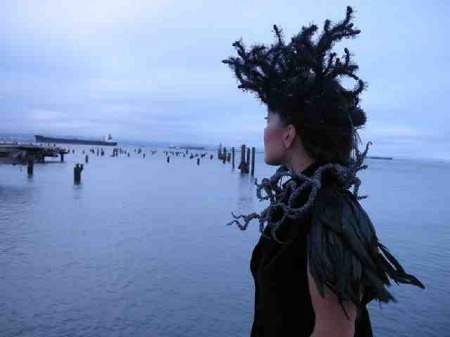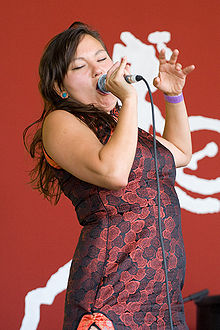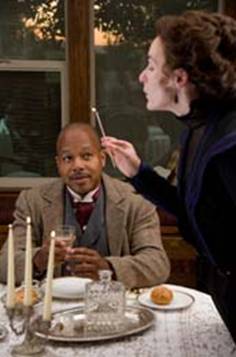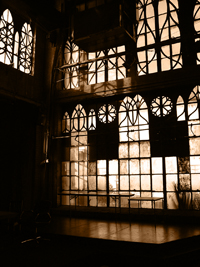 San Francisco eat your heart out. The East Bay seems to have all the most enticing live performance spots these days. The West Bay appears dull in comparison. Here’s a rundown of some of Oakland and Berkeley’s most enticing places to check out live performance:
San Francisco eat your heart out. The East Bay seems to have all the most enticing live performance spots these days. The West Bay appears dull in comparison. Here’s a rundown of some of Oakland and Berkeley’s most enticing places to check out live performance:
The Freight & Salvage: The Bay Area’s premiere folk club is newly reopening at a central location on Addison Street in Berkeley this week.
Berkeley Repertory Theatre: All eyes are on the Rep this season thanks to Tony Taccone’s high-profile programming which includes the world premiere musical, American Idiot, written by punk rock outfit Green Day.
Yoshi’s Oakland: Yoshi’s set up shop in San Francisco’s Fillmore District a few years ago. But the original and best venue for jazz still remains in the East Bay.
The Fox Theatre: Oakland’s newly restored Fox Theatre opened its doors a few months ago. People are arriving in droves to hear top bands and solo pop artists from The Pixies to Bon Iver.
Aurora Theatre: Berkeley’s best kept secret, theatrically-speaking, the Aurora constantly mounts quality work with some of the Bay Area’s most talented actors, directors and designers. Can’t wait to catch the company’s production of Clifford Odets’ kitchen sink classic, Awake and Sing!
Paramount Theatre: The Paramount in uptown Oakland offers an eclectic mix of shows from Morrissey to The Oakland East Bay Symphony. And it’s just about the most beautiful art deco structure I’ve ever set foot in in my life.
Ashby Stage: Shotgun Players’ home near the Ashby BART station is one of the best places to catch a play in the Bay Area. The space is small, but the work is always big in terms of vision and expertise. The theatre is also the first in the country to go 100% solar-powered.
Ghost Town Gallery: This scrappy space is an oasis of cool in a rundown Oakland neighborhood. A great place to mingle and take in an oddball show.
Berkeley City Club: This Julia Morgan-designed building has a beautiful theatre-in-the-round. Companies like Central Works perform intimate productions there. Walking into the building feels like taking a step back in time.
Quinn’s Lighthouse: Love this tucked-in-a-corner place on the water near Oakland’s Jack London Square for drinking beer and catching impromptu folk music.
There are countless other places that I’m forgetting. And even though Oakland and Berkeley’s venues are not all perfect (Zellerbach Hall on the Berkeley campus leaves much to be desired for instance), by and large, all eyes should be looking East right now.











